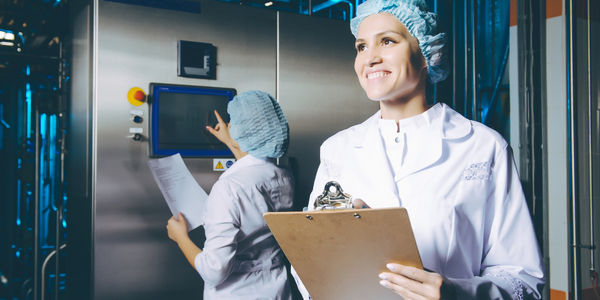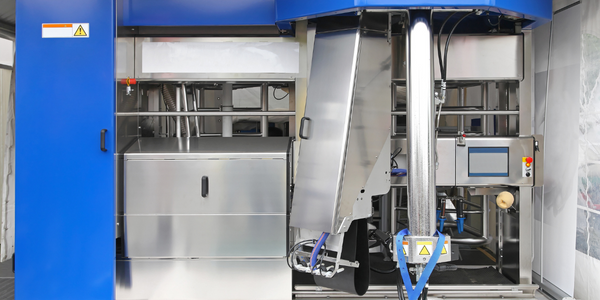How Rabobank is working with commodity traders to build transparent supply chains for a net-zero future
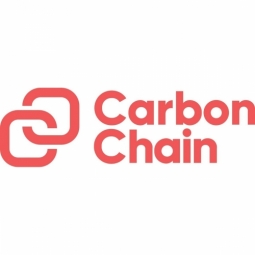
Customer Company Size
Large Corporate
Region
- Europe
Country
- Netherlands
Product
- CarbonChain's Carbon Accounting Platform
- Rabo Trace Portal
Tech Stack
- AI-powered Technology
- Cloud-based Software
Implementation Scale
- Pilot projects
Impact Metrics
- Environmental Impact Reduction
- Customer Satisfaction
- Innovation Output
Technology Category
- Analytics & Modeling - Predictive Analytics
- Platform as a Service (PaaS) - Data Management Platforms
Applicable Industries
- Finance & Insurance
- Agriculture
Applicable Functions
- Business Operation
Use Cases
- Supply Chain Visibility
Services
- Data Science Services
- System Integration
About The Customer
Rabobank is a cooperative bank with nearly ninety local branches in the Netherlands, each operating independently to better serve their customers and local communities. The bank also has significant international banking operations. Its Trade and Commodity Finance business unit leverages Rabobank’s long-term expertise in agricultural commodities, energy, and metals finance. Rabobank is committed to supporting its clients in addressing climate risk and building transparent, low-carbon supply chains. The bank is actively involved in the net-zero transition, focusing on high-quality carbon accounting for its financed emissions through partnerships with platforms like CarbonChain.
The Challenge
Rabobank is committed to addressing the climate challenge by taking action on its financed emissions and carbon risks. Since 2020, the bank has been working with clients to tackle high-emitting supply chains in its commodity trade finance portfolio. A significant challenge was the lack of high-quality emissions data for clients’ supply chains, which hindered the ability to set quantified targets and measure progress. Rabobank recognized that collaboration with traders and the use of CarbonChain’s carbon accounting software could accelerate action towards setting emissions reduction targets, advising clients on carbon risk reduction, and reducing the carbon footprint of its trade commodity finance portfolio.
The Solution
Rabobank is utilizing CarbonChain’s carbon accounting platform to run a pilot for carbon intensity supply chain data collection. The platform is integrated with the Rabo Trace portal, allowing clients to easily extract and share raw data. CarbonChain’s AI-powered technology automatically calculates each trade’s overall carbon footprint and carbon intensity across the entire supply chain, providing granular breakdowns. This enables both financier and trader to identify key carbon hotspots and opportunities for emissions reductions. CarbonChain calculated the emissions of a sample of copper and aluminum trades for one of Rabobank’s key trade finance clients, Concord Resources Limited, producing a comprehensive carbon footprint and intensity report with actionable insights. The platform rates suppliers, assets, and trades according to their carbon performance, enabling KPI setting and progress tracking. It also benchmarks the performance of key activities and assets against industry averages, uncovering potential emissions reduction opportunities.
Operational Impact

Case Study missing?
Start adding your own!
Register with your work email and create a new case study profile for your business.
Related Case Studies.
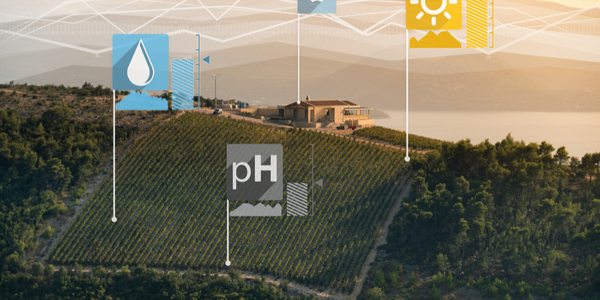
Case Study
Intelligent Farming with ThingWorx Analytics
Z Farms was facing three challenges: costly irrigation systems with water as a limited resource, narrow optimal ranges of soil moisture for growth with difficult maintenance and farm operators could not simply turn on irrigation systems like a faucet.
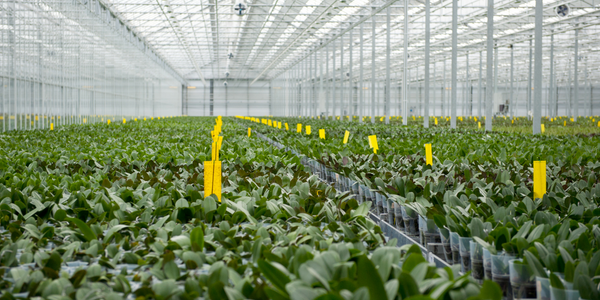
Case Study
Greenhouse Intelligent Monitoring and Control Solution
Farming Orchids is the most successful form of precision farming in Taiwan, and also the most exported flower. Orchids need a specific temperature and humidity conditions to grow and bloom, and its flowering time may not be in line with market demands, so the price collapses when there is overproduction. Therefore, some farmers began to import automated greenhouse control systems for breeding and forcing, which not only improves quality, but also effectively controls the production period and yield to ensure revenue. In 2012, an orchid farmer built a Forcing Greenhouse of about 200 pings (approximately 661 Square Meters) in Tainan, Taiwan. The system integrator adopted Advantech’s APAX-5000 series programmable automation controllers to build the control platform, coupled with Advantech WebAccess HMI/SCADA software, to achieve cloud monitoring. The staff of the orchid field can monitor important data anytime via smart phone, iPad, and other handheld devices, and control the growth and flowering conditions. System requirements: In the past, most environmental control systems of orchid greenhouses in Taiwan used PLCs (Programmable Logic Controller) with poorscalability and control, and could not be connected to the Internet formonitoring from the cloud. For advanced database analysis and networking capability, the PC platform must be adopted. Therefore, PAC Systems (Programmable Automation Controller) with both PLC programming capabilities andPC functions is a better choice.The environmental control of the Orchid greenhouse switches on and off devices like fan, shade net, cooling/heat pump, liquid flow control, water-cooling wall etc. It is controlled by a control panel of electric controllers, and is driven by a motor, to adjust the greenhouse temperature, humidity, and other environmental conditions to the set parameters.
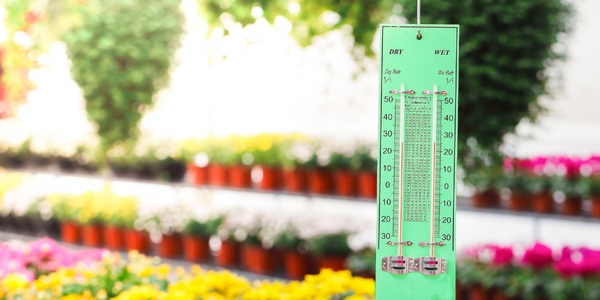
Case Study
Precision beekeeping with wireless temperature monitoring
Honeybees are insects of large economic value and provide a vital service to agriculture by pollinating a variety of crops. In addition, bees provide us with valuable products such as honey, beeswax, propolis, bee venom, etc. Monitoring of honeybee colony health, population, productivity, and environmental conditions affecting the colony health have always been exceedingly difficult tasks in apiculture. Research has shown that even small deviations (by more than 2°C) from the optimal temperatures have a significant influence on the development of the brood and the health of adult bees.
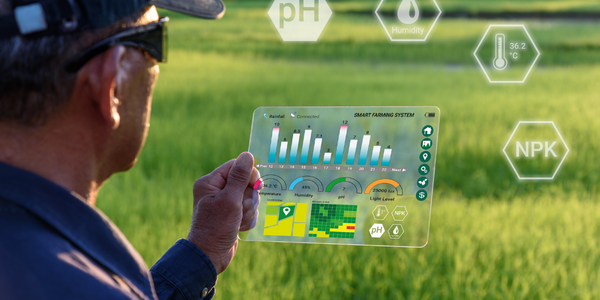
Case Study
Enabling Internet of Things Innovation in Agriculture
DigiBale, wanted to apply technology know-how and IP from implementations successfully to more agriculture sectors including cotton, forestry, sugarcane and cattle. However, farmers and growers still have worries about the connected technology.






